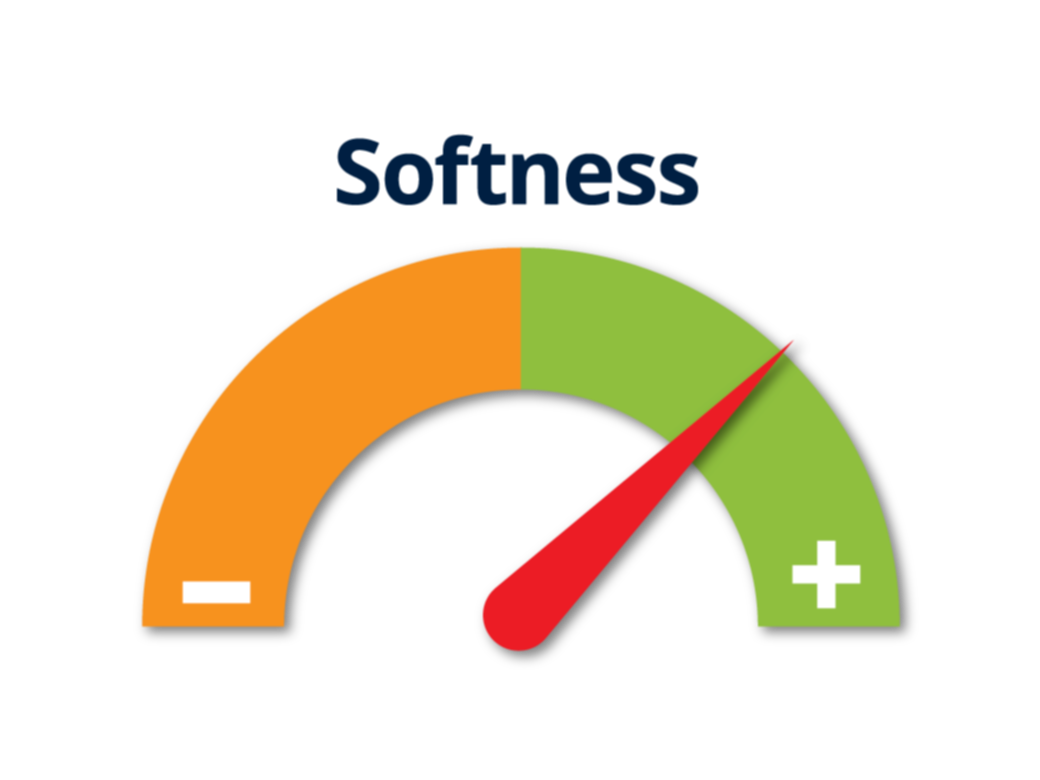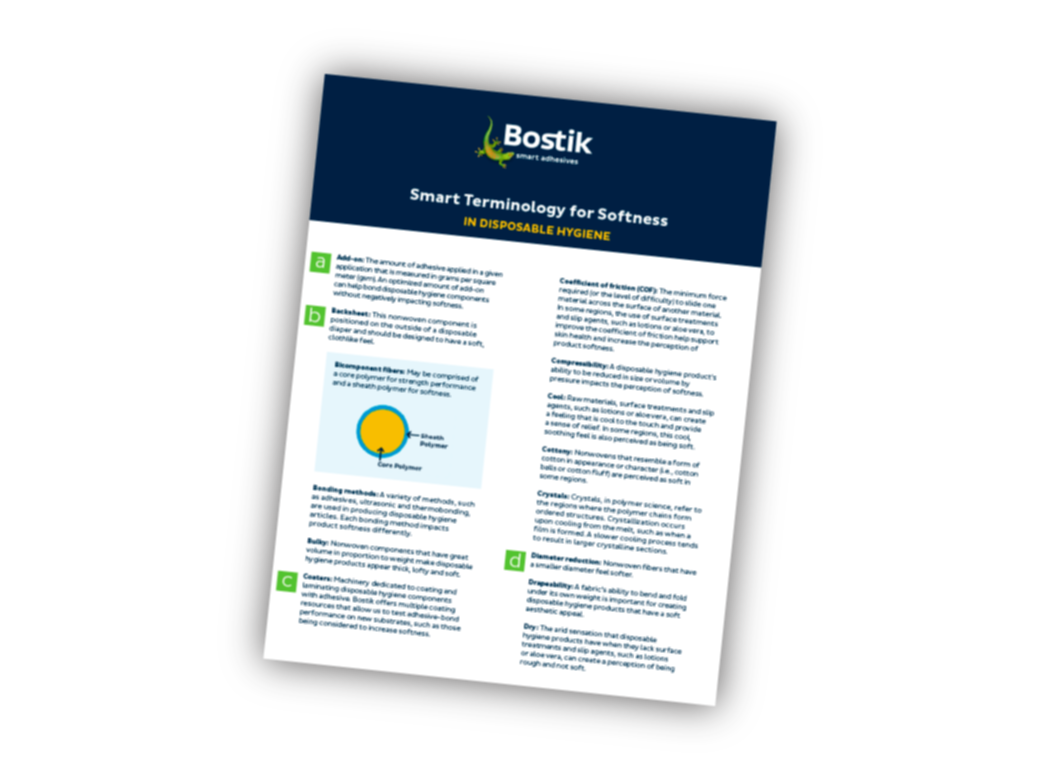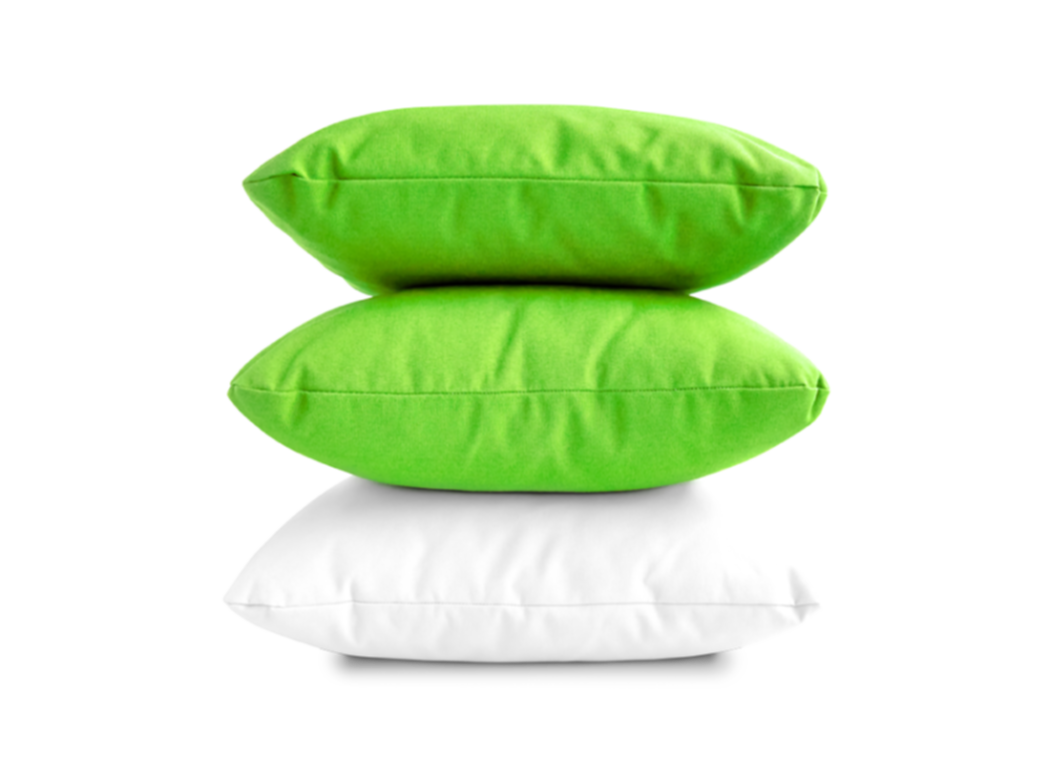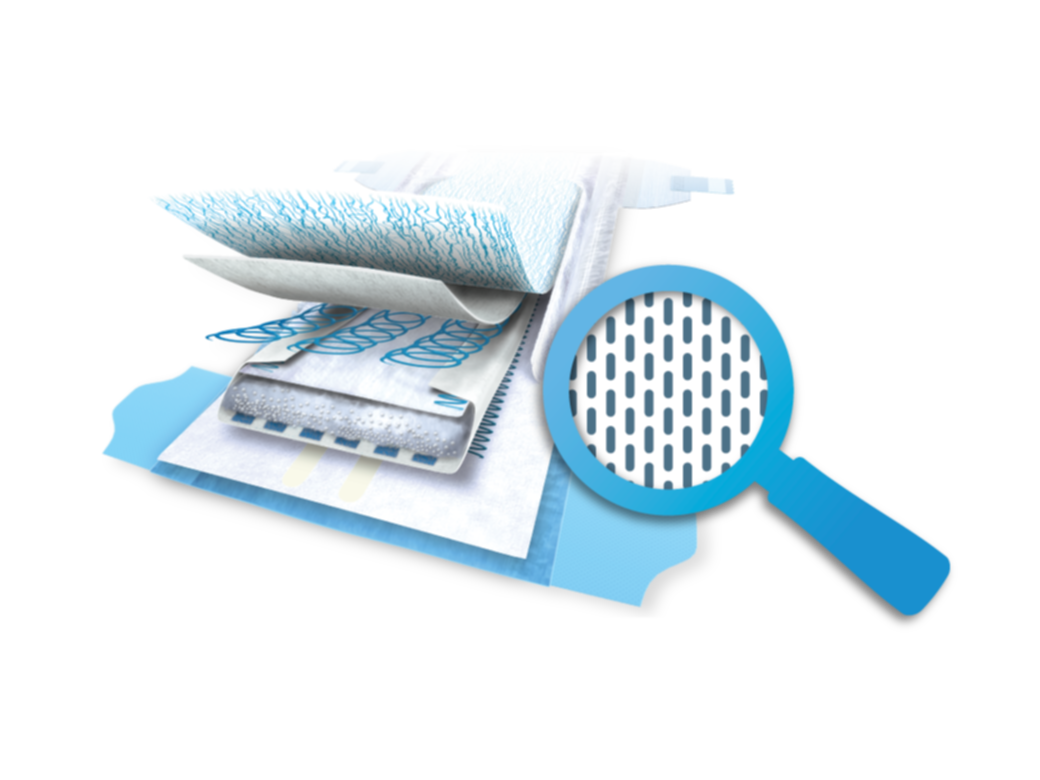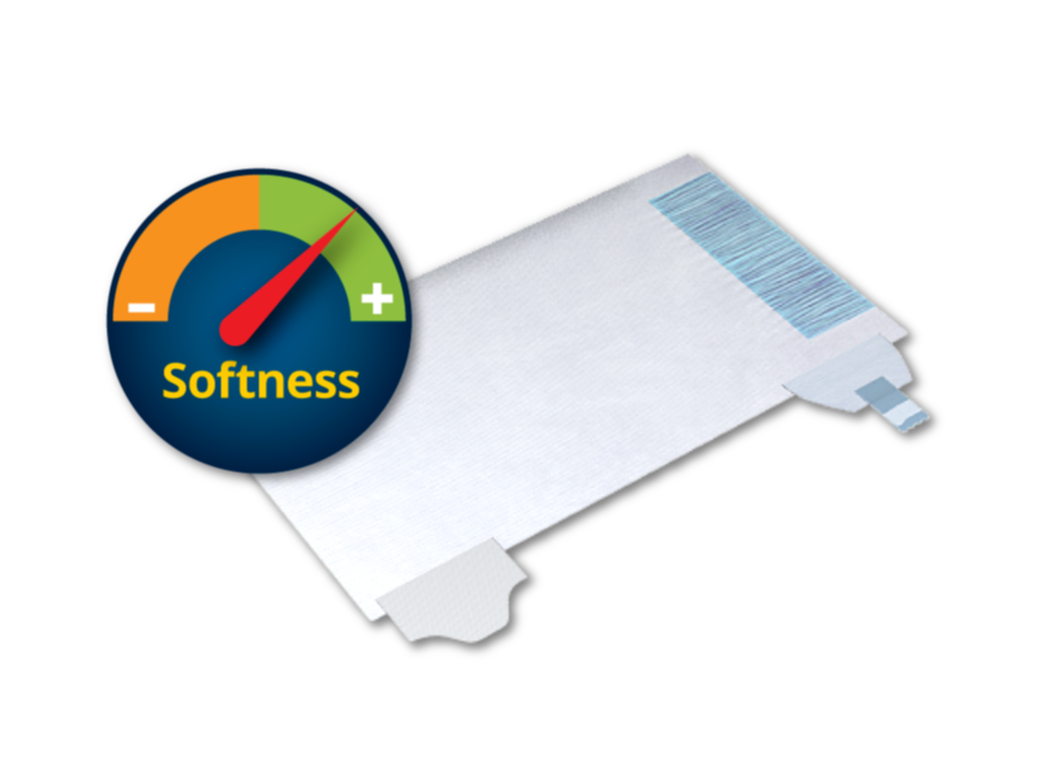Comfort and Quality With Soft Nonwovens
Nonwoven fabrics have long been able to take on the appearance, texture and strength of woven fabric. Now, as technologies get better, manufacturers have added softness to these important qualities. The materials used to create the nonwovens (i.e., the fibres) are the key to softness.
Fibre shape, fibre composition and surface treatments in nonwoven fabrics
The visual effect that creates the first impression for softness is based on how the light reflects off of nonwoven fabric fibres. The three main shapes for nonwoven fabric fibres are:
- Irregular fibres fibres that reflect light in different directions, creating an appearance of not being incredibly soft
- Round fibres, which tend to reflect light to the side, and have a moderately soft appearance
- Trilobal fibres that typically reflect light directly back, making the nonwoven seem more shiny and giving the greatest impression of softness
It is important to note that fibre diameter is also a major part of softness. A smaller diameter, or lower Dtex, increases the softness of the nonwoven fabric.
The makeup of the fibre is also critical: some polymers are softer than others. They can be used to replace the typical polypropylene or to supplement it. Via the use of bicomponent fibres, for example, the outside of the fibre is made up of a soft polymer, while the inside provides good strength with a stiffer polymer. Other fibres, including natural fibres, can be used to improve softness.
Surface treatments also play important roles in increasing softness. Some surface treatments, however, can decrease bonding performance. This makes choosing the right adhesive to bond the soft nonwoven substrates together crucial in achieving overall product performance.
How adhesives help with softness
Adhesives for nonwoven fabrics have the important job of making sure disposable hygiene products can stand up to the demands of daily life while protecting against leaks and supporting skin wellness. Smart adhesive solutions allow for a reliable bond between core components when soft materials are used, and in some cases, enhance softness through application patterns and add-on levels.
Softness Materials from Bostik Academy
Click the links below to sign-in and access all of our Academy materials.
